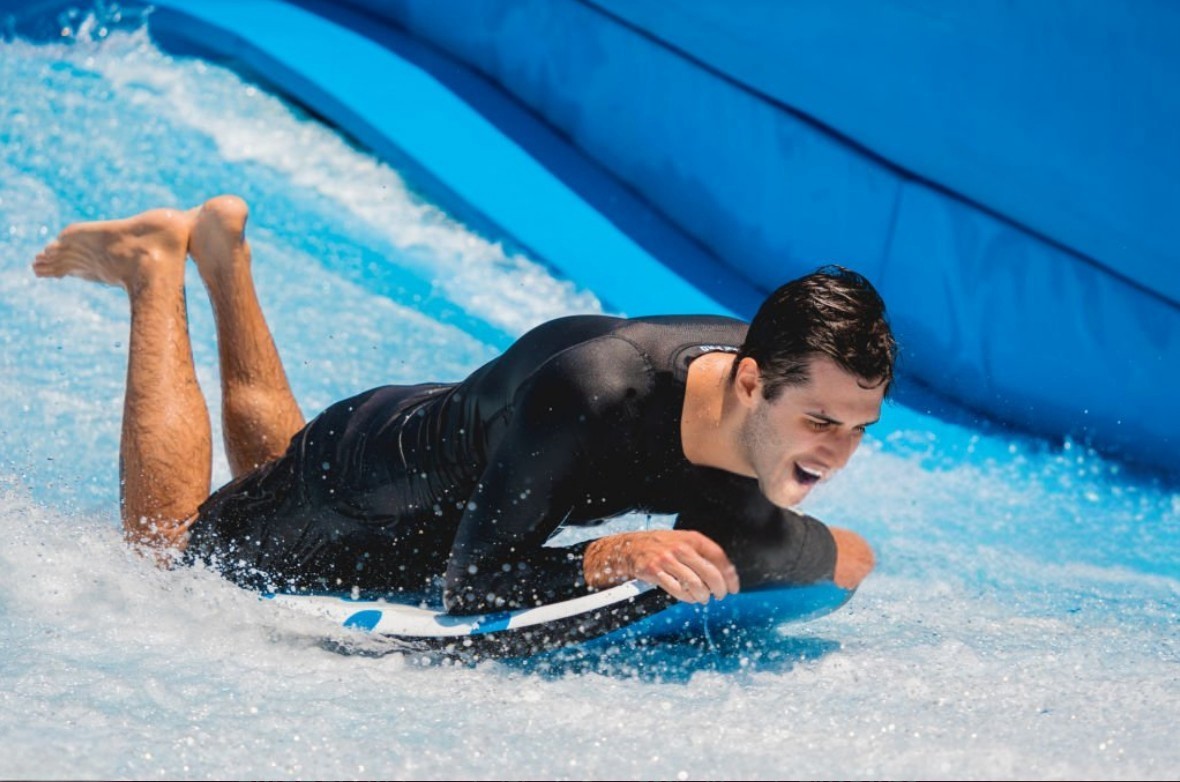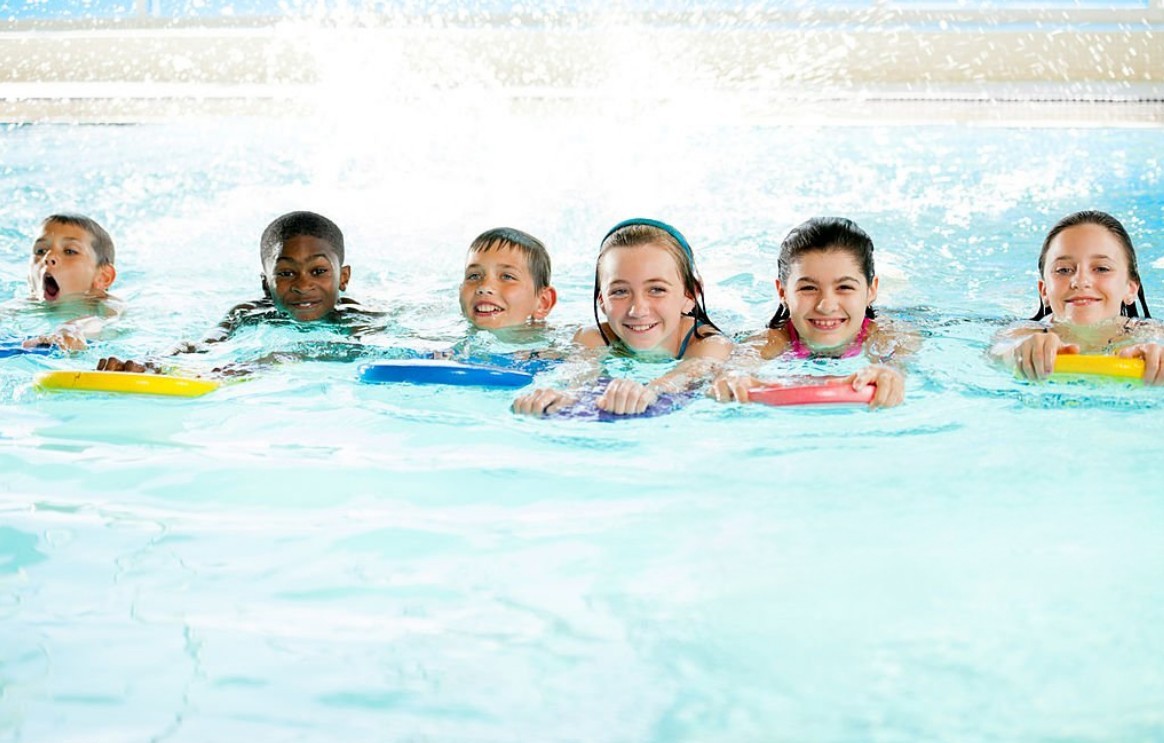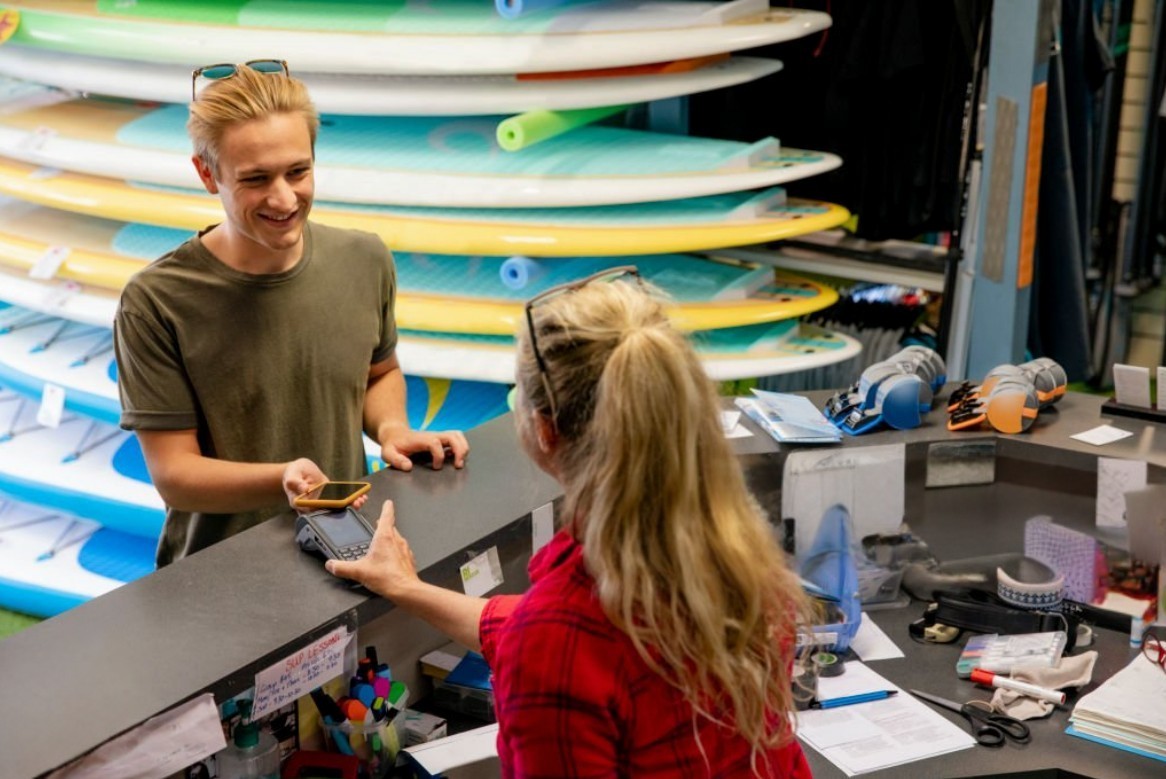Indoor Surfing Experience
Indoor surfing brings the energy of ocean wave riding into a controlled, all-weather environment. It combines the core elements of surfing, wakeboarding, snowboarding, and skateboarding. Riders use specially designed boards to glide, carve, and spin on a high-speed sheet of water that flows across a padded surface. The soft base reduces the risk of injury, making the activity suitable for both beginners and experienced riders.
Many indoor wave systems employ a dual-lane layout, providing riders with flexible options. A common design features a 32-foot-wide by 49-foot-long surface. Water flows in a steady, thin layer—about three inches deep—across the entire area. Padded walls and flooring help absorb impact, especially during falls. This structure enables riders to practice new skills with confidence in a safe and supportive environment.
Session formats may accommodate up to 25 to 30 riders per hour, depending on the structure and schedule. Some systems allow the wave to be divided, giving smaller groups their own space. Others keep the surface open, encouraging freestyle movement across the full width of the wave. As a result, riders can choose between focused practice and dynamic interaction.
Over time, this style of indoor riding has evolved into a sport known as Flowboarding. It emphasizes balance, agility, and creativity. Riders often return to build on their skills, learning new tricks and developing their style.
Spectators also enjoy the experience. Watching the fast-paced action, clean maneuvers, and unexpected recoveries adds to the excitement. Whether participating or observing, indoor surfing delivers a unique combination of thrill and technique.
This environment continues to grow in popularity. It offers a year-round space for recreation, progression, and community engagement, especially for those drawn to board sports and wave-based movement.



